Tributaries of the Ōpāwaho Heathcote River are of two principal types:
- spring-fed streams that run continuously but which also gather further surface water after rainfall
- ephemeral/intermittent streams that only convey or temporarily retain water during or immediately following heavy rainfall events
Some history
The urban history of Ōtautahi Christchurch is one of progressive drainage of the wetlands that were the predominant feature of the catchment of the Ōpāwaho Heathcote River. Before European settlement, much of the Ōpāwaho Heathcote River upstream of the now Opawa Road bridge would have been wide wetlands with little to distinguish the course of the river other than by its currents except during particularly long dry periods when the course may have been more obvious.
For this reason, mana whenua names for tributaries have not come down to us. For Ngai Tahu, the river from the coast to the depths of what is now Halswell was one waterway with the name “Ōpāwaho”. It had one major tributary, the Waimōkihi, which brought the spring water from Nga Puna Wai and joined the Ōpāwaho at what is now called the confluence of Cashmere Stream and the Ōpāwaho Heathcote River by Shalimar Drive.
Naming of tributaries
The naming of tributaries has principally been a European phenomenon often occurring as tributary waterways were converted to the purpose of draining land for development, first for farming then sub-division for housing. The tributary was often given the name of the landowner or the property developer or the name of the most significant property in the tributary catchment. As city development increased, roading and drainage became the priority. Many open waterways were straightened, diverted, narrowed and deepened, the sides reinforced with boards or concrete, or they were diverted entirely into pipes, covered over and roading infrastructure placed on top.
